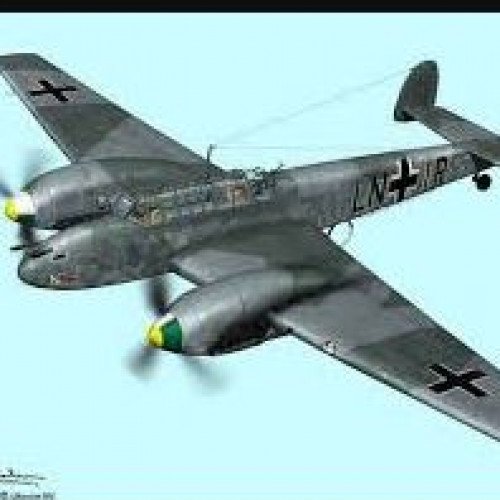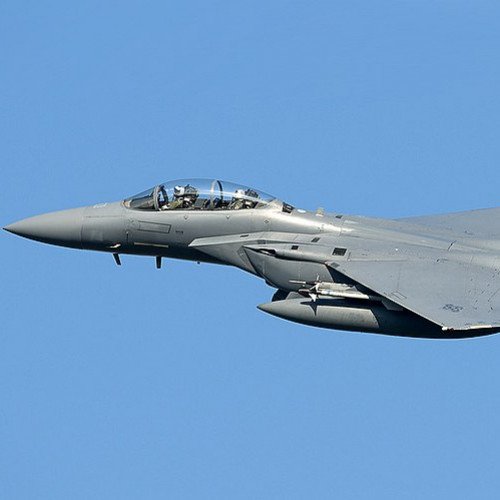Messerschmitt Bf 110 vs McDonnell Douglas F-15E Strike Eagle

Messerschmitt Bf 110
The Messerschmitt Bf 110, often known unofficially as the Me 110,[2] is a twin-engine Zerstörer (Destroyer, heavy fighter) and fighter-bomber (Jagdbomber or Jabo) developed in Nazi Germany in the 1930s and used by the Luftwaffe during World War II. Hermann Göring was a proponent of the Bf 110. It was armed with two MG FF 20 mm cannon, four 7.92 mm (.312 in) MG 17 machine guns, and one 7.92 mm (.312 in) MG 15 machine gun (in later variants the rear gunner station would be armed with the twin-barreled MG 81Z) for defence. Development work on an improved type to replace the Bf 110 - the Messerschmitt Me 210 - began before the war started, but its teething troubles resulted in the Bf 110 soldiering on until the end of the war in various roles, with its replacements: the Me 210 and the significantly improved Me 410 Hornisse.
Statistics for this Xoptio

McDonnell Douglas F-15E Strike Eagle
The McDonnell Douglas (now Boeing) F-15E Strike Eagle is an American all-weather multirole strike fighter derived from the McDonnell Douglas F-15 Eagle. The F-15E was designed in the 1980s for long-range, high-speed interdiction without relying on escort or electronic-warfare aircraft. United States Air Force (USAF) F-15E Strike Eagles can be generally distinguished from other US Eagle variants by darker aircraft camouflage, conformal fuel tanks (CFTs) mounted along the engine intake ramps (although CFTs can also be mounted on earlier F-15 variants) and a tandem-seat cockpit. The Strike Eagle has been deployed for military operations in Iraq, Afghanistan, Syria, and Libya, among others. During these operations, the strike fighter has carried out deep strikes against high-value targets and combat air patrols, and provided close air support for coalition troops. It has also been exported to several countries.